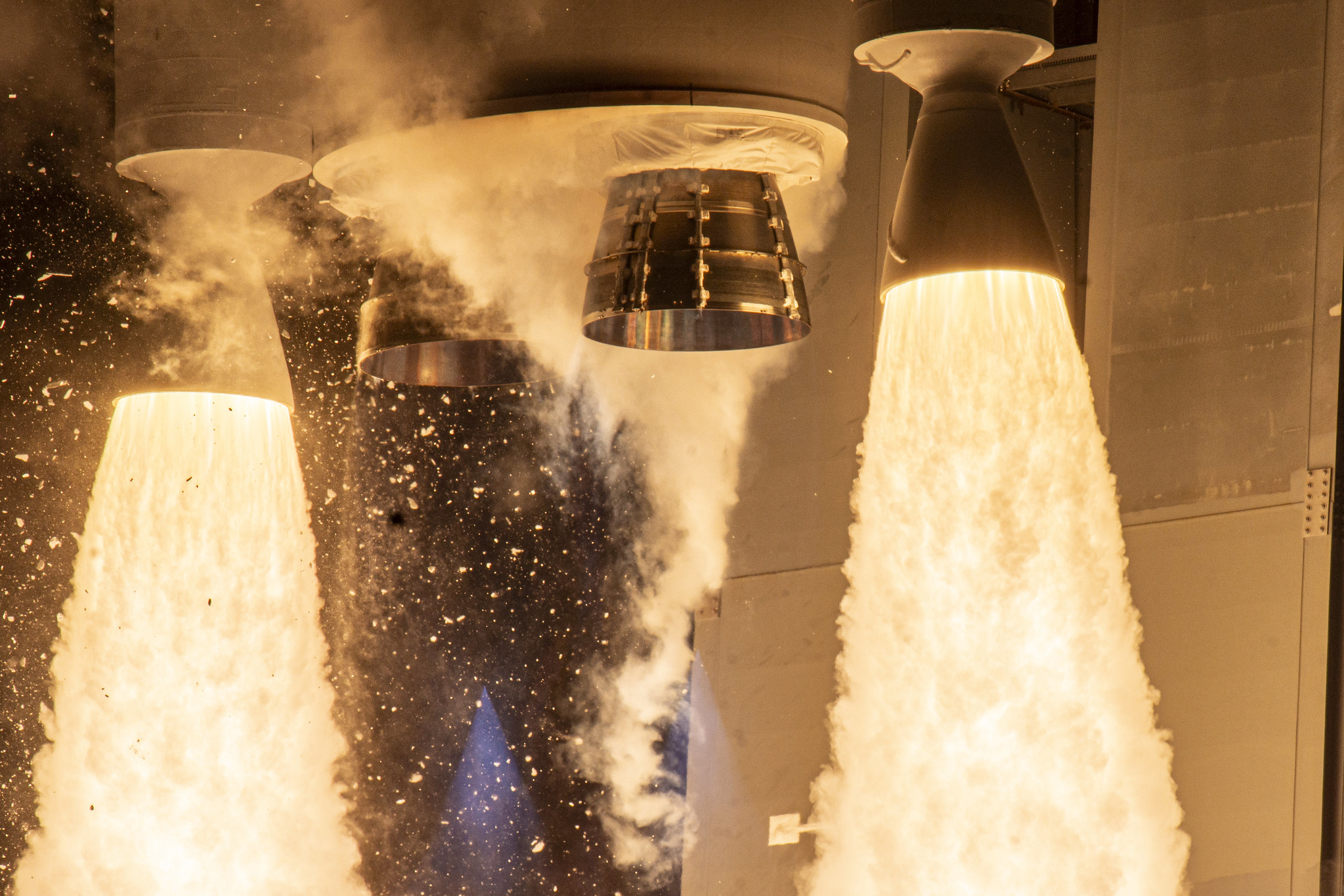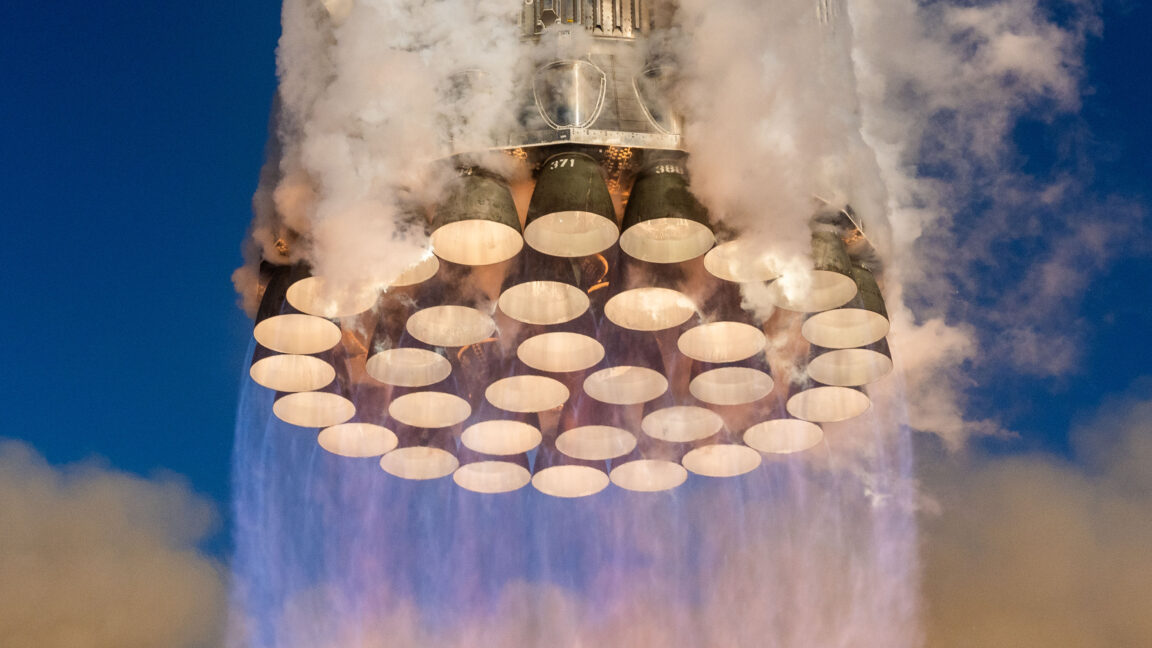Early Monday morning, the hefty Vulcan rocket streaked into orbit for the first time, nailing its performance targets and delivering a substantial success to United Launch Alliance on the vehicle's first test flight.
Unfortunately for the mission's primary customer, Astrobotic, there was subsequently an issue with the lunar lander's propulsion system. However, Astrobotic was quick to clear Vulcan of any blame, saying the payload was delivered into the planned lunar trajectory without issue. "There is no indication that the propulsion anomaly occurred as a result of the launch," Astrobotic said.
Vulcan's debut was much-anticipated in the US launch community because the rocket provides a potentially viable competitor to the Falcon 9 and Falcon Heavy rockets flown by SpaceX. The US Space Force, in particular, has been waiting on Vulcan to fly dozens of payloads into orbit.
So now that Vulcan has flown once, what's next?
Next up, Dream Chaser
Just ahead of the launch, two vice presidents with United Launch Alliance, Mark Peller and Gary Wentz, held a teleconference with reporters to address the future of Vulcan.
United Launch Alliance, or ULA, has set aside the next 60 days to review data from the "Cert-1" certification mission that launched on Monday morning, they said. If the data looks good from that flight, the company will move into preparations for the next launch. Wentz said the earliest opportunity to launch this Cert-2 mission is "April-ish."
The BE-4 rocket engines that will power this Vulcan are in final acceptance testing at Blue Origin's facilities in West Texas, the officials said. The Vulcan core stage and Centaur upper stage are also in final assembly in ULA's main factory in Decatur, Alabama. The hardware readiness should be capable of supporting an April launch.
The second Vulcan launch will carry the Dream Chaser spacecraft into orbit for Sierra Space. The winged vehicle will fly a cargo mission that carries supplies to the International Space Station for NASA. After more than a decade of development, Dream Chaser is undergoing final tests. However, there remain some questions about when it will be ready for its debut launch.
The Dream Chaser mission does not have a specific launch date on NASA's internal schedule, but it shows a potential docking with the International Space Station for 45 days during a period between early April and mid-June. The docking port for the mission will not be needed by other spacecraft this year, so ULA and Sierra Space have some flexibility with the launch date.
Five more in 2024?
Assuming the second launch of Vulcan goes well, ULA will work with the Space Force to complete the final certification paperwork to clear the rocket to launch payloads for the US Department of Defense. The first of these missions will likely be the USSF-106 mission, which will carry a demonstration navigation satellite and other payloads for the Space Force. This mission's earliest possible launch date would be June, but it almost certainly will slip a bit later into the summer.
And after that? ULA plans to move into an operational cadence as soon as possible.
"It's dependent on whether the spacecraft are ready to support those launches," Wentz said. "So we anticipate some movements in the manifest, but right now as a baseline, there are six Vulcans contractually on the manifest."
Of those launches, the remaining four on the manifest this year are intended to be for the US Space Force.
In addition to the Vulcan launches, ULA plans to launch its final Delta IV Heavy rocket this year, as well as nine Atlas missions. That's a total of 16 launches, which would represent a significant step up from its total of just three in 2023. As for next year, the company's goal is for 28 Atlas and Vulcan launches.
Production capabilities
Such a cadence is a tall order for any company not named SpaceX. During its previous two decades, United Launch Alliance's record for total launches in a calendar year is 16. Reaching a cadence significantly higher will require a lot of scaling by ULA and its supplier for engines, Blue Origin, as well as across the US aerospace industry.
Peller said the company has been planning for this increase for several years. At its factory in Decatur, he said, the company has already closed out its Delta rocket production line and should build all of the remaining Atlases before the end of this year. At that point, the factory will be turned over entirely to Vulcan production. The company has also added 500,000 sq. feet of floor space at the Alabama facility to support a higher cadence of launches.
Reuse is not on the company's road map in the short term to support a higher flight rate. Eventually, however, ULA does plan to reuse BE-4 engines, two of which power the rocket's core stage.
In November 2022, NASA paid for a test flight of a Low Earth Orbit Flight Test of an Inflatable Decelerator to demonstrate that a large aeroshell, 6 meters in diameter, could protect a payload during entry through Earth's atmosphere. ULA plans to add a modified version of this technology, known as a Hypersonic Inflatable Aerodynamic Decelerator (HIAD), to a future version of its rocket to protect the engines during the descent, and once they splash down in the ocean before recovery.
"We're working on the design modifications that will be required to Vulcan to integrate the HIAD and being able to reuse the engines using that system," Peller said. "So right now, that's kind of the path we're on. We're a few years away from being able to do a flight experiment. We will likely do several flight experiments before we on-ramp that capability into our normal operations."


